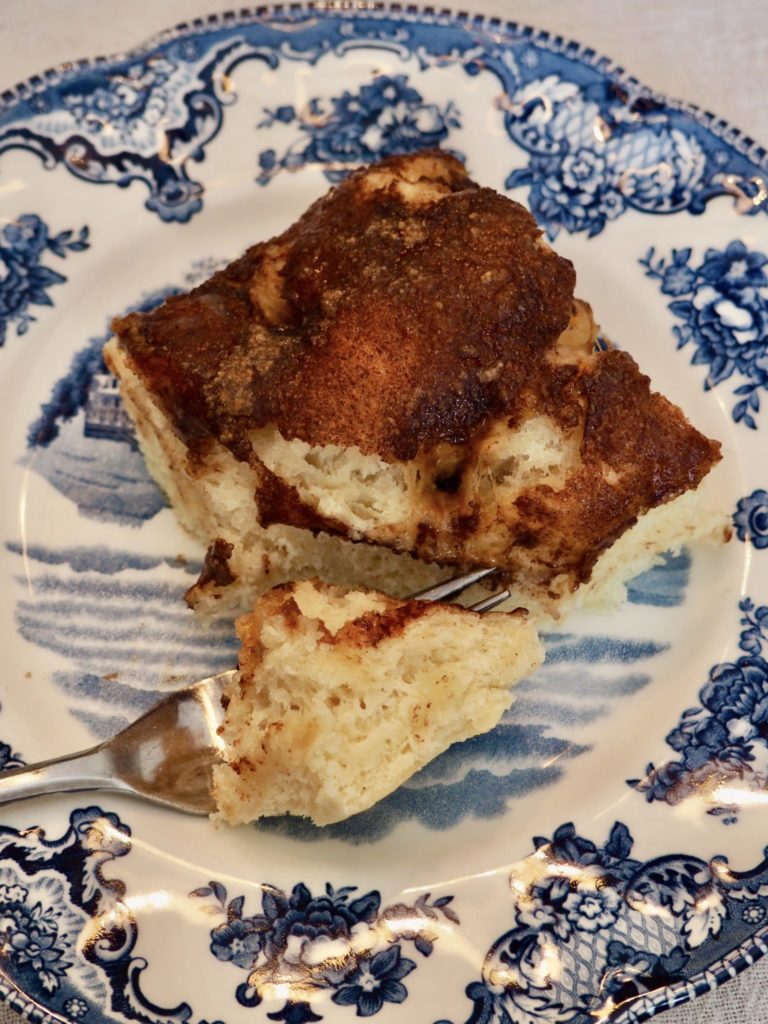
Share this post with another homeschool mom!
When you get to Week 25 of Dave Raymond’s American History course, you’ll be covering “A New Normal: The West, Immigration, and Robber Barons” Most know that America is a melting pot to many cultures, but few know how much these cultures contributed to American society and food we eat today.
The American Dream has existed for as long as America has. Immigrants have fled to America from around the world to find a better life and have the ability to live freely. In the late 1800s there was a surge of immigration and Ellis Island was constantly full of people waiting to enter the Land of Opportunity. Lots of times immigrants would settle with other immigrants from their country, creating pockets of community reminiscent of their homeland.
Although many immigrants wanted to adapt to American culture, the culture they left behind wasn’t forgotten and they brought with them many customs from their past life. The Moravians, who settled in Pennsylvania and North Carolina in the late 1700s, brought with them the tradition of a Moravian Love Feast.
Celebrated in remembrance of the last supper, the feast was a time when social distinctions were cast aside and communities drew together in love and fellowship. The official Moravian Feast Days were August 13 and November 13, although a love feast might be held in households for birthdays, Christmas, or even the fourth of July. Moravian sugar cake was commonly served at these events and was a precursor to the modern coffee cake of today.

Moravian Sugar Cake
- 1 medium russet potato, peeled
- 1 1/8 tsp. active dry yeast
- 1/4 c. warm water
- 1/8 c. butter, room temp.
- 1/4 c. shortening, room temp.
- 1/3 c. sugar + 1 tsp., separated
- 1/2 tsp. salt
- 1 egg, beaten
- 2 1/2-3 c. all-purpose flour
- 1/4 c. butter, cold
- 1/3 c. brown sugar
- 1 tbsp. cinnamon
- Place russet potato in pot of water and boil until tender, about 10-15 minutes. Drain and reserve 1/2 c. potato liquid, then mash the potato with potato masher or ricer until smooth. In a small bowl mix together yeast, warm water, and 1 tsp. sugar and let dissolve. In a large bowl combine warm mashed potatoes, butter, shortening, sugar, and salt. Let cool for three-five minutes then pour in yeast mixture and potato water and stir to combine. Cover with a dish cloth or tea towel and place in a warm area for 1 hour, until mixture looks spongy.
- Beat in egg and 2 1/4 c. flour to make dough. You want the dough to be soft but not sticky, so add more flour if the dough is too wet. (I ended up using about three cups of flour.) Place in lightly-oiled bowl, cover with towel, and let rise until doubled to at least half its size, about 1-1 1/2 hours. Place dough in a 13×9 baking pan and pat down to fill pan. Cover and let rise again for 45 minutes. Preheat the oven to 375 F. Combine the brown sugar and cinnamon in a small bowl and set aside. With your finger or the end of a wooden baking spoon, poke holes in the dough. Place butter in each hole then generously sprinkle the cake with sugar and cinnamon. Bake for 20-25 minutes. Let cool at least 15 minutes before serving.
Share this post with another homeschool mom!







